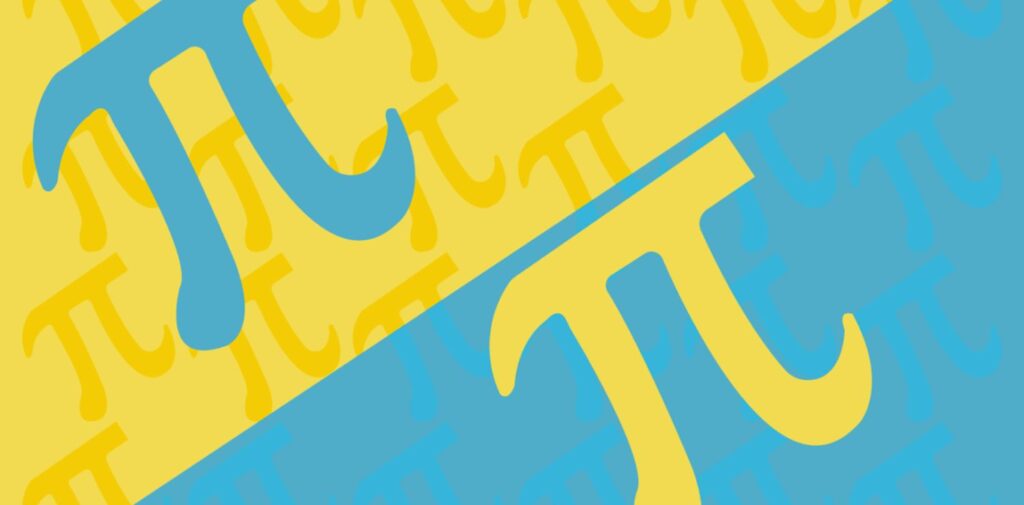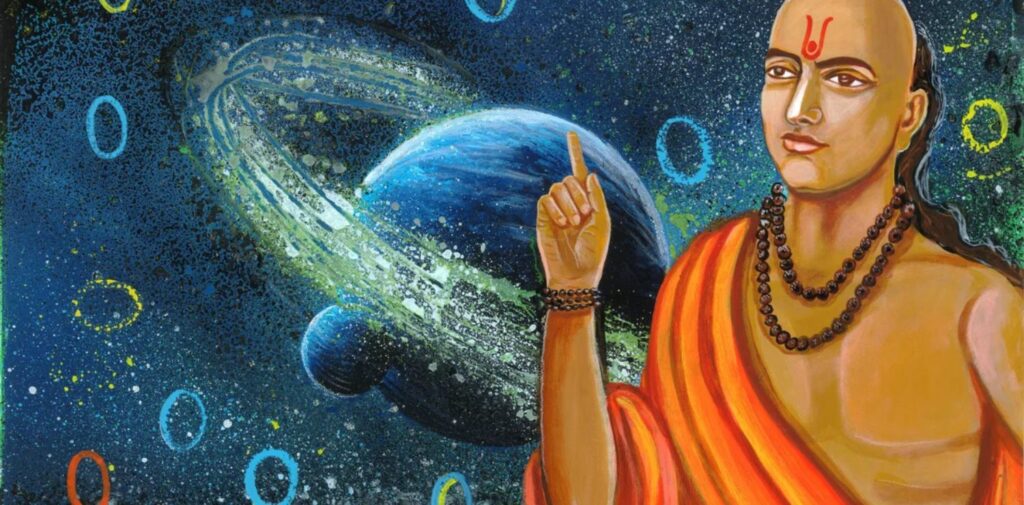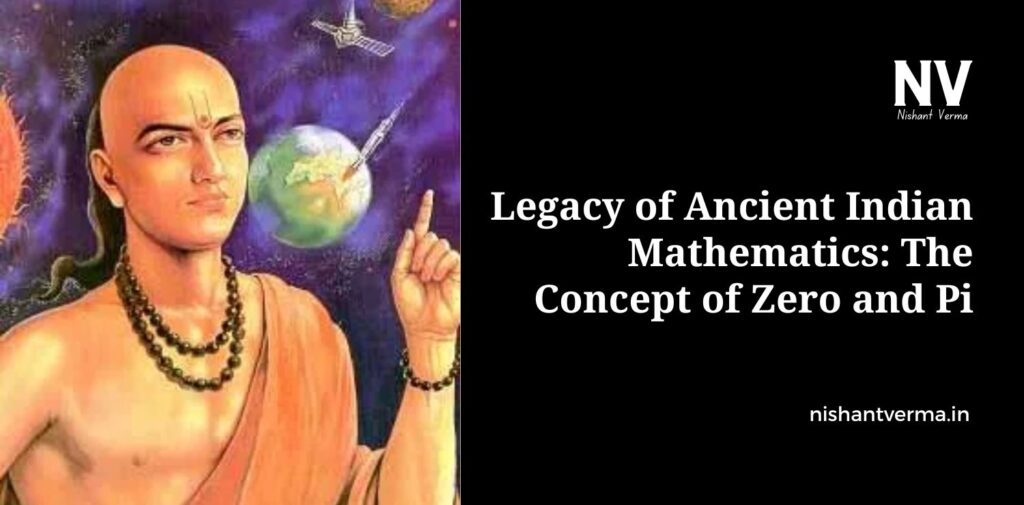Ancient Indian Mathematics has a rich history that has contributed greatly to the world in many areas, including science, literature, and philosophy. One of the most significant contributions of ancient India to the world is its work in mathematics. Among the many mathematical ideas that emerged from ancient India, two of the most important are the concepts of zero and pi. These ideas were revolutionary and changed the way the world thought about numbers and math. In this article, we will explore the importance of zero and pi, and how these concepts shaped the world of mathematics.
The Magic of Zero: What is It?
Imagine trying to count without the number zero. It would be very difficult, right? Zero is one of the most important numbers in mathematics, but it wasn’t always part of our number system. Long ago, people didn’t have a symbol for nothing, or the idea of “zero.” But ancient Indian mathematicians were the first to use a symbol to represent zero, and this idea changed everything.
In ancient India, around the 5th century, the concept of zero began to take shape. The great Ancient Indian Mathematics Brahmagupta is often credited with developing the concept of zero. He introduced zero as a number that could be used in calculations, not just as a placeholder.
Before zero, people could only count objects. For example, if there were five apples, you could count them as 1, 2, 3, 4, and 5. But what if there were no apples? How would you show the number of apples in that case? The answer was zero. Zero represented nothing or the absence of something, and it became a crucial part of the number system we use today.
Zero wasn’t just a simple idea – it had many rules for how to use it in math. Brahmagupta even explained how zero interacted with other numbers. For example, if you subtract zero from a number, the result is the number itself. If you add zero to a number, you get the same number. This was a groundbreaking discovery!

How Zero Changed the World
The introduction of zero made many mathematical operations easier and more efficient. It allowed people to perform complex calculations without confusion. Zero also made it possible to create a place-value system, where the position of a number determines its value. For example, in the number 203, the 2 means two hundreds, the 0 means no tens, and the 3 means three ones.
This place-value system was a major advancement. It was much easier to do math with zero than to try to use Roman numerals or other early number systems. The Ancient Indian Mathematics concept of zero spread to the Arab world and eventually to Europe, revolutionizing mathematics everywhere. Today, zero is so important that we use it in almost every area of our lives – from writing phone numbers to performing complex calculations on computers.
The Mystery of Pi: Understanding the Circle
Another amazing contribution from ancient Indian mathematics is the concept of pi (π). Pi is a special number that tells us how the distance around a circle (the circumference) relates to the distance across the circle (the diameter). In other words, pi helps us understand the shape of a circle.
The number pi is roughly equal to 3.14159, but it is a special kind of number because it never ends or repeats. It is called an irrational number. Ancient Indian mathematicians were among the first to study pi and discover its importance.
The Indian mathematician Aryabhata, who lived around 500 CE, made a significant contribution to understanding pi. He was one of the first to estimate the value of pi and showed that pi is approximately equal to 3.1416. Although Aryabhata didn’t know the exact value of pi, his approximation was very close to the true value, which is still used in mathematics today.
Aryabhata’s work on pi was important because it showed that the ancient Indians were studying the properties of numbers and circles long before mathematicians in other parts of the world. His findings were passed on to Arab mathematicians, and from there, they eventually spread to Europe.
Later, in the 12th century, the Ancient Indian Mathematics Bhaskara II made even more progress in calculating pi. He improved Aryabhata’s work by finding better approximations of pi. Bhaskara also gave a more precise method for calculating the circumference of a circle, which was extremely helpful for astronomers and engineers.

Pi and Its Applications
Pi isn’t just a number that sits on paper – it has many practical uses! Pi is used in many fields, such as engineering, physics, astronomy, and even in everyday tasks like measuring the size of circular objects. For example, if you want to know how much wire you need to go around a circular fence, you would use pi to figure out the length of the wire.
In ancient India, the concept of pi helped astronomers like Aryabhata calculate the movements of planets and stars. The circle is a fundamental shape in nature, and understanding pi helped ancient mathematicians make important discoveries about the universe.
How Zero and Pi Impacted Modern Mathematics
The contributions of ancient Indian mathematicians like Brahmagupta, Aryabhata, and Bhaskara II didn’t just affect their own time. These discoveries laid the groundwork for the development of modern mathematics. Today, we use zero and pi in everything from calculating the size of a football field to designing spacecraft.
Zero made it easier to perform arithmetic, and pi helped scientists understand the structure of the universe. Without these concepts, modern technology, from computers to space exploration, would not be possible.
How Ancient Indian Mathematics Shaped the World
The discoveries of zero and pi were not only important to ancient India but also to the entire world. Ancient Indian Mathematics shared their knowledge with other cultures, their ideas spread far and wide. The Islamic scholars translated Indian texts and passed on this mathematical knowledge to Europe during the Middle Ages.
By the time Europe was in the Renaissance, Indian ideas about zero and pi had already begun to influence the development of Western mathematics. In fact, many of the mathematical ideas we use today have their roots in ancient Indian discoveries.
Even though these contributions happened long ago, their impact is still felt in our daily lives. Think about how often you use numbers, whether you’re telling time, buying something, or calculating your homework. You can thank ancient Indian mathematicians for helping make math what it is today.

Conclusion: Legacy of Ancient Indian Mathematics
The legacy of Ancient Indian Mathematics is something that continues to influence us in many ways. The concepts of zero and pi are just two examples of how Indian scholars shaped the future of math. These ideas made it possible for mathematicians and scientists to develop new ways of thinking, leading to amazing discoveries in physics, astronomy, engineering, and more.
From the simple concept of nothingness to the complex calculations of circles, the ancient Indians laid the foundation for modern mathematics. Their work helped create a world where numbers and shapes could be understood in new and exciting ways. The legacy of ancient Indian mathematics is a reminder that even the smallest ideas – like zero – can change the world in powerful ways.




